Stand-alone fitness services that drive physical performance are no longer enough.
Lindsey Trubia, Head of Business Strategy and Education at Nordic Wellness, has witnessed a significant shift in consumer expectations in recent years. Consumers are increasingly demanding holistic wellness experiences that bridge physical and mental well-being, with a focus on long-term recovery.
As a result, holistic recovery programs present an opportunity for commercial studios to expand and capture new revenue streams. However, expansion has also become a competitive necessity. Studios that stick with traditional services risk getting stuck behind with undifferentiated offerings that can’t command premium pricing.
While the stakes are high, Trubia notes that many studios are unaware of the true strength of the demand. For those who do recognize the scale of the opportunity, the way forward is often unclear. She observes that many studios face operational and financial hurdles that make it difficult to determine how to add new wellness modalities.
However, Trubia’s experience has also revealed that these hurdles are usually not as insurmountable as they appear.
The Essentials:
▶ Recovery programs have become essential for commercial studios to stay competitive and command premium pricing
▶ A proven four-step process can help studios remove the guesswork from launching these programs
▶ Studios following this method can achieve ROI within 90 days, establishing the foundation for long-term gains
Recovery expansion roadblocks -
space, demand, and training
Commercial studios must build out holistic recovery programs to maintain a competitive edge.
This requires launching and integrating practices like cold therapy and breathwork — an initiative that can feel out of reach.
The biggest challenge, according to Trubia, is space constraints. Studio owners assume that implementing recovery services will require them to dedicate large areas to new equipment, like expansive cold plunge tubs and breathwork lounges. For several studios, particularly those in urban areas paying premium rent, these requirements are prohibitive.
Many owners also question the exact level of demand for recovery services, making it difficult to predict utilization rates and pricing tolerance. Meanwhile, internal personnel also present a potential challenge. Studios often anticipate that employees will be hesitant to adopt new techniques and that training will be complicated, especially if they must account for more intense safety protocols.
All of these challenges generate a great deal of uncertainty. This makes it difficult for studio owners to calculate the potential ROI of recovery services and move forward with implementation.
From uncertainty to recovery program payoff
In reality, tackling these implementation challenges is more straightforward than it appears, especially with the right approach.
The thought of tackling these implementation challenges is typically worse than the reality.
In helping studios develop holistic recovery programs, Trubia has discovered a common pattern: space requirements and training complexity are routinely overestimated, while member demand for recovery services is underestimated.
Recognizing the gap between perception and reality, she has developed a phased implementation approach that allows studios to make decisions based on real experience rather than theoretical assumptions. This enables them to enhance their understanding of the process and move forward more easily.
The result? Effective recovery programs that demonstrate ROI within 90 days.
A four-step guide to launching profitable recovery programs
Step ➊
Prepare : Consultation and facility assessment
To find the best way forward, Trubia notes that commercial studios should first book a consultation with an implementation partner to answer the following questions:
• "What does your brand look like?"
• “What kind of space do you have?”
• “What do your members want?”
• "What do you know about cold plunging or breathwork?"
While guided self-evaluation can help tackle the first three questions, studios can launch surveys to gauge member interest in different recovery modalities.
By sharing these answers with an implementation partner, studios can get guidance on equipment selection, staff training requirements, and service positioning.
For example, Trubia has worked with premium yoga studios that have limited space and high member interest in holistic recovery experiences. Based on these findings, she guided them toward high-end, vertical cold plunge units that take up less space than lay-down units. She also introduced them to combined breathwork-cold therapy sessions that don’t require separate spaces for each modality.
Meanwhile, she also helped train instructors at these studios to ensure they could safely guide these integrated sessions.
Step ➋
Validate : Experiential demonstration
With a solidified vision for implementation, studios can validate their approach through partner demonstrations before fully diving in.
Trubia has found online breathwork consultations to be a great starting point for studios seeking to validate their broader approach.
"We want our partners to feel the value of what we do, so we offer a free 30-minute online demo with owners and their staff,” she says. “At the end, we ask: Was this powerful? How do you feel?"
For studios seeking more hands-on validation, Trubia advises selecting one of two in-person demo options, tailoring their choice around any concerns from the assessment stage:
-
Staff-focused: For studios that must secure recovery program buy-in from hesitant employees.
-
Member-centric: For studios looking to gain greater insight into member demand.
Step ➌
Operationalize : Staff training and education
Next, studios can operationalize their approach through online or in-person employee training with their implementation partner.
Regardless of the route they choose, studios should ensure that training covers all relevant safety protocols. Employees must be aware of the science behind new practices, as well as associated risks and contraindications, to prevent member injury.
Trubia stresses that people with serious heart conditions, pregnancy, or epilepsy require modified approaches to cold plunging or should avoid certain practices entirely. She emphasizes that proper health screening is essential to ensure studios deliver safe and effective cold therapy to all members.
Related to this, employee training should include everyone from studio owners to managers to front-line instructors. All key stakeholders should have visibility into safety best practices to eliminate liability concerns.
Step ➍
Maintain : Post-launch monitoring and partnership
A successful program launch is not the end of the story but rather the beginning of a new chapter.
To ensure that the program is working, and continues to do so over time, studios should continuously monitor key metrics and adapt their programs as needed.
Key outcomes to target include high session utilization, sustained demand at premium pricing, and incremental revenue growth.
Studios should also stay connected with their implementation partner, as this will provide continued access to expertise for troubleshooting and optimization. Maintaining this connection can also open up new revenue pathways, in the form of co-marketing campaigns and ambassadorship programs that provide ongoing commissions for member referrals.
Achieving quick wins for long-term success
With Trubia’s phased approach, studios can ensure they move into implementation with a strong foundation. This allows them to successfully launch effective recovery programs and achieve measurable results in 90 days or less.
"We just ran a calculator for a fitness studio that shows they'll make their money back in about 2.5 months," she reveals, "including all costs related to Viking cold plunge equipment and cold therapy/breathwork training."
This approach also creates lasting success beyond initial implementation. Trubia shares that a studio franchise built on their proven success to advocate for broader franchise adoption.
Ultimately, by effectively expanding their offering to include a holistic recovery program, commercial studios can truly differentiate and get ahead.
It empowers them to retain their existing members, attract new ones, and boost their revenue — all while their less agile competitors fail to adapt or remain paralyzed by implementation uncertainty.
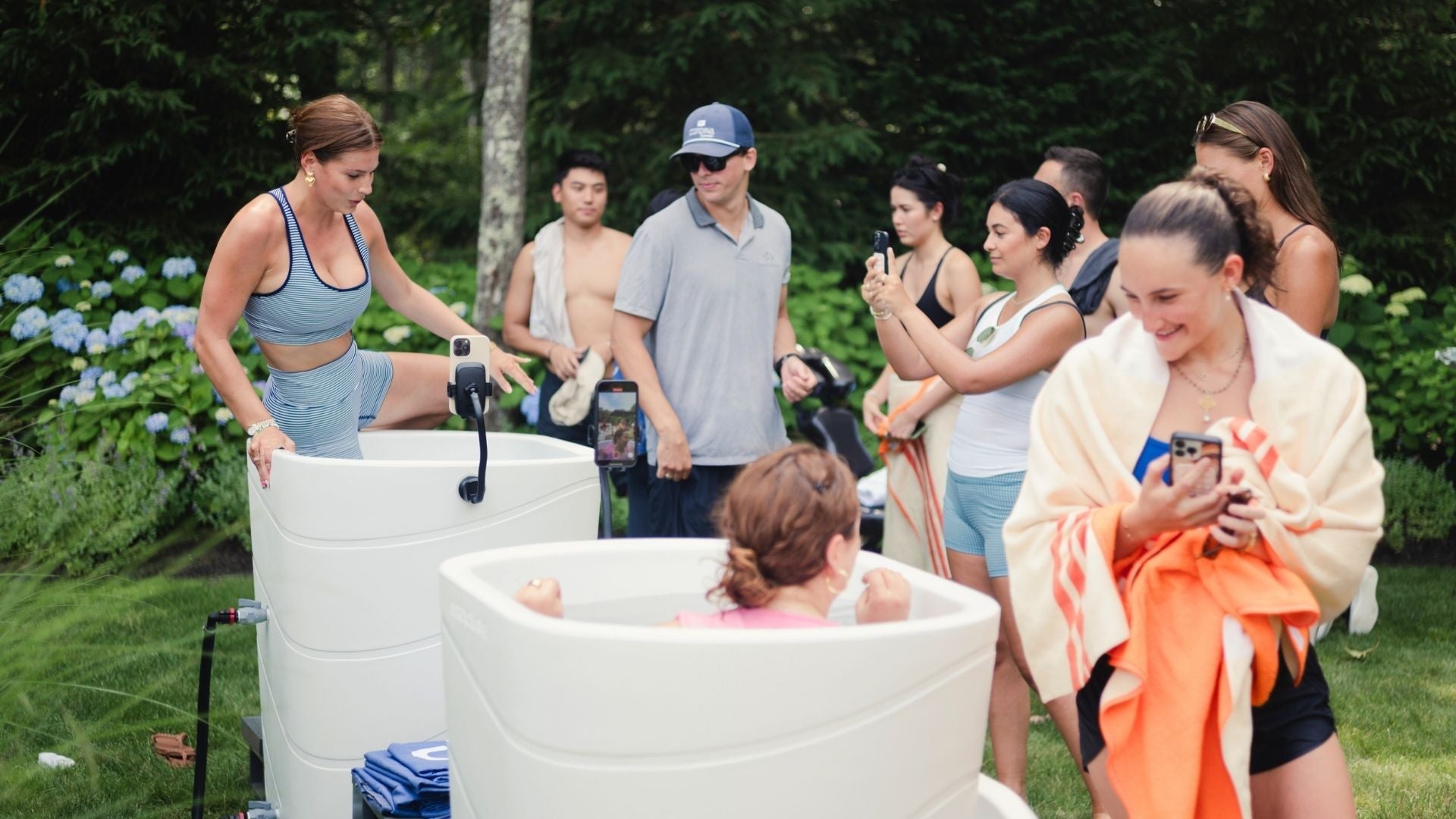
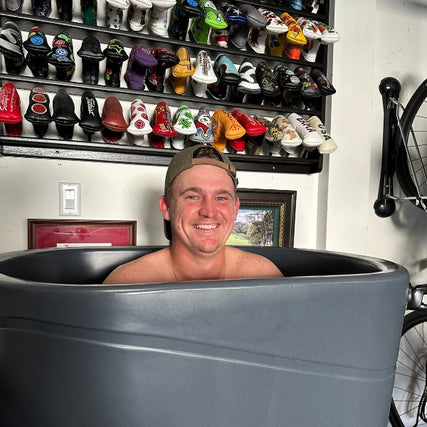

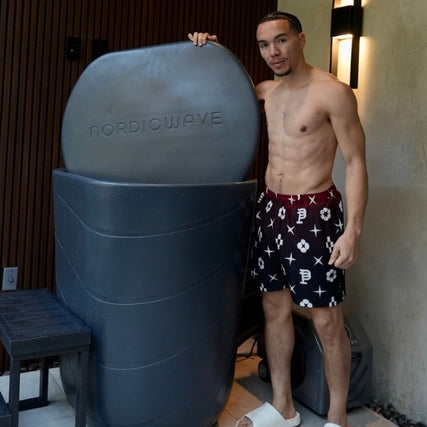
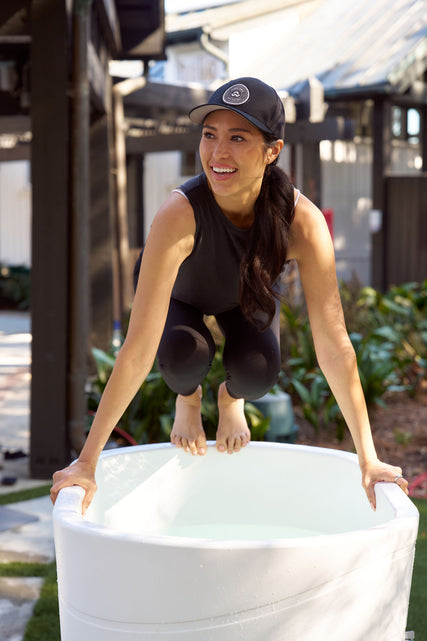
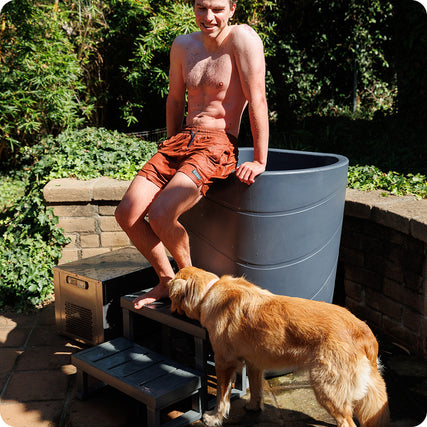
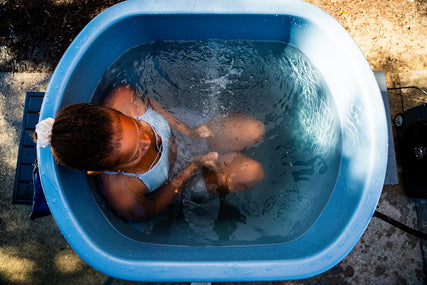

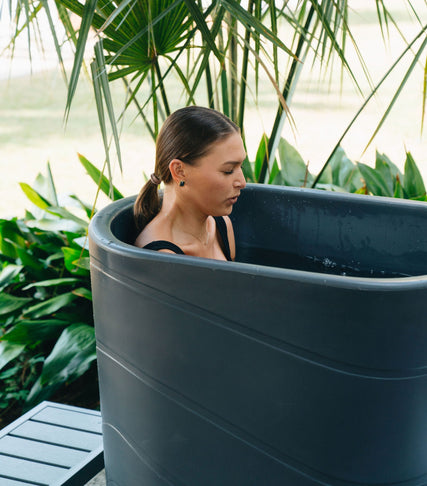
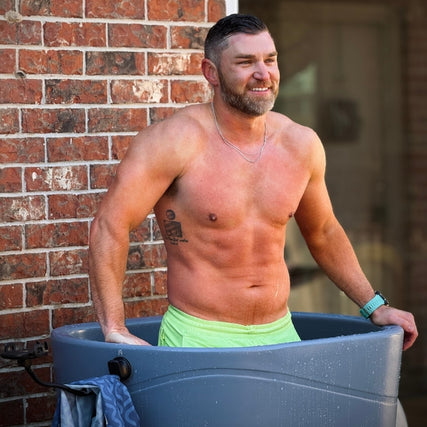
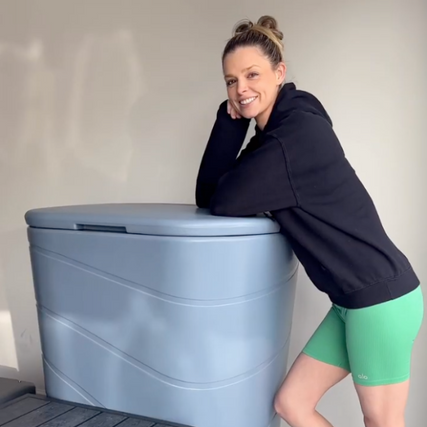
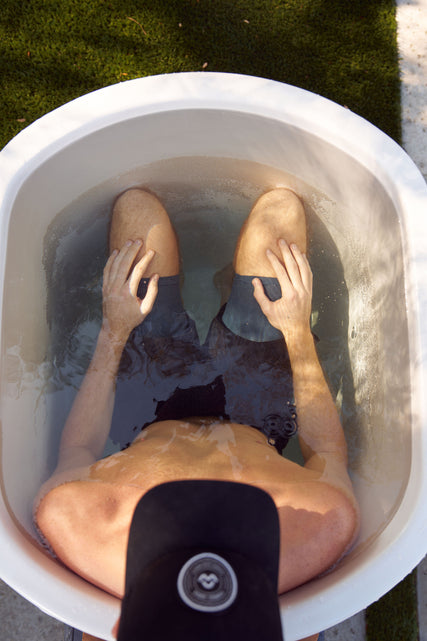
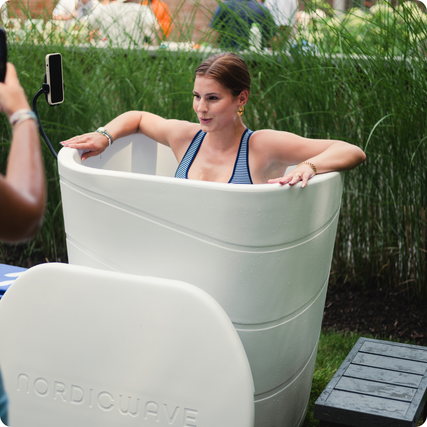
Share:
These Core Elements Transform Wellness Facilities into Integrated Ecosystems